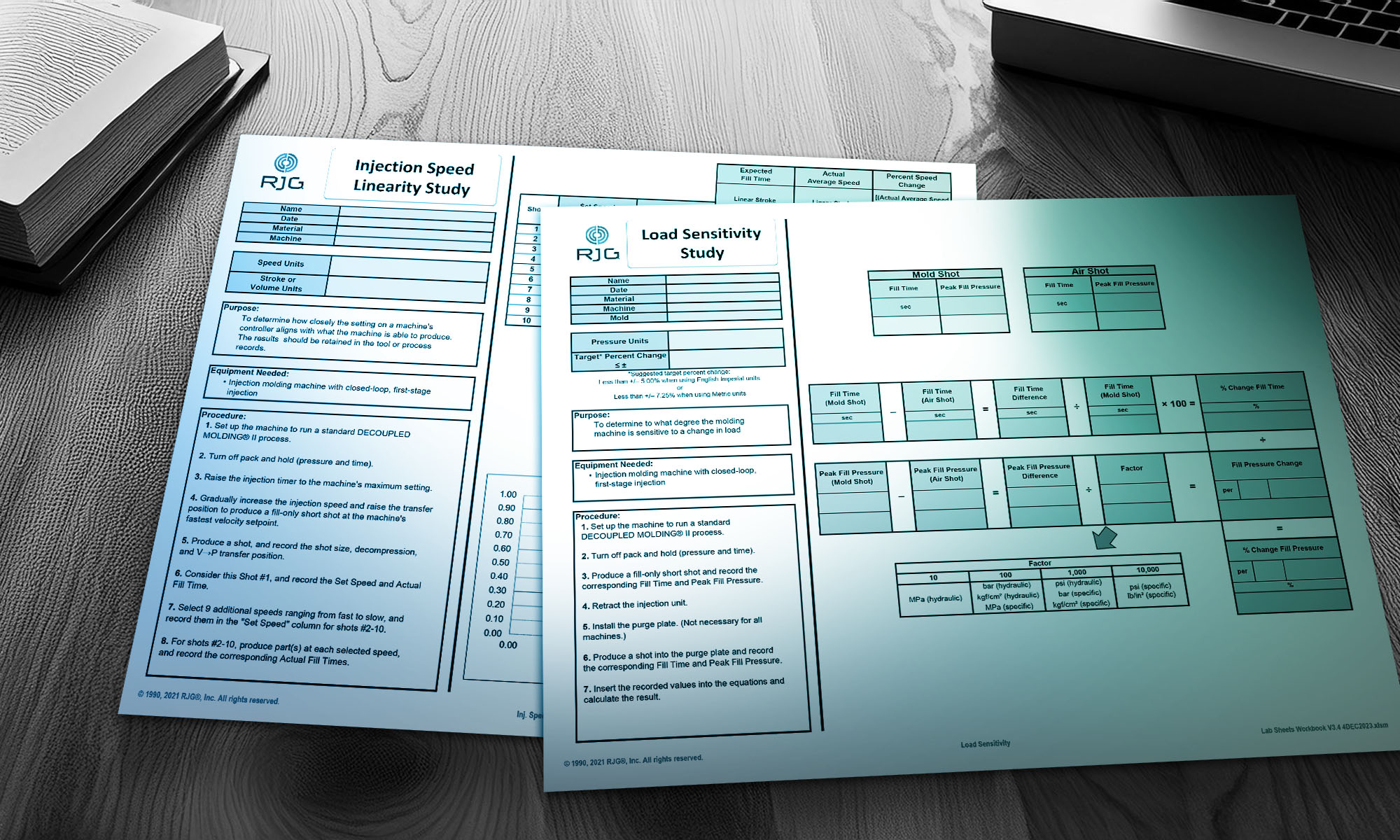In the world of injection molding, precision and efficiency are paramount. One of the most powerful tools that molders can leverage to achieve these goals is mold flow analysis. This advanced simulation technology plays a critical role in optimizing the injection molding process, improving product quality, and reducing costs. Let’s delve into the key aspects of mold flow analysis and its significance in injection molding.
Understanding Mold Flow Analysis
Mold flow analysis is a computer-aided engineering (CAE) process that simulates the flow of molten plastic into a mold during the injection molding process. By using sophisticated software, engineers can predict how the material will behave under various conditions, allowing them to identify potential issues and optimize the mold design before production begins.
Several software tools are widely used for mold flow analysis, including Autodesk Moldflow, Moldex3D, and Sigmasoft. These programs provide detailed insights into flow patterns, temperature distribution, pressure fields, and cooling efficiency.
Benefits of Mold Flow Analysis
1. Optimizing Mold Design: Mold flow analysis enables engineers to optimize the design of the mold, including gate locations, runner systems, and cooling channels. By simulating the filling process, engineers can ensure that the molten plastic flows evenly, reducing the risk of defects such as weld lines, air traps, and warping.
2. Improving Part Quality: With mold flow analysis, engineers can predict and mitigate issues that could compromise part quality. This includes identifying areas of potential sink marks, shrinkage, and other surface imperfections. By addressing these issues in the design phase, the final parts meet higher quality standards.
3. Reducing Cycle Times: Cycle time optimization is crucial for cost-effective production. Mold flow analysis helps in designing efficient cooling systems that can significantly reduce cooling times. Efficient cooling not only shortens cycle times but also improves part consistency and reduces residual stresses.
4. Material Selection and Compatibility: Mold flow analysis assists in selecting the right material for the application. It evaluates how different materials will behave in the mold, allowing engineers to choose a material that offers the best flow characteristics, mechanical properties, and cost-efficiency.
5. Minimizing Waste and Costs: By identifying and addressing potential problems early in the design process, mold flow analysis reduces the likelihood of costly mold modifications and production downtime. This proactive approach leads to less waste, fewer rejected parts, and overall cost savings.
Key Applications of Mold Flow Analysis
1. Process Development: Import mold flow into The Hub for efficient, effective process development to get to market faster and make higher quality parts at lower cost.
2. Gate Location Optimization: Determining the optimal gate location is critical for ensuring uniform filling and minimizing defects. Mold flow analysis helps engineers position gates in locations that promote balanced flow, reducing issues such as weld lines and air traps.
2. Cooling System Design: Efficient cooling is essential for minimizing cycle times and ensuring part quality. Mold flow analysis allows engineers to design cooling channels that provide uniform cooling, reducing warping and residual stresses in the final part.
3. Warpage Prediction: Warping can be a major issue in injection molded parts. Mold flow analysis predicts how the part will warp during cooling and solidification, allowing engineers to make design adjustments that minimize this problem.
4. Process Parameter Optimization: Mold flow analysis provides insights into the optimal process parameters, such as injection pressure, temperature, and injection speed. Fine-tuning these parameters ensures consistent part quality and maximizes production efficiency.
The Future of Mold Flow Analysis
Integration with Industry 4.0: As the injection molding industry embraces Industry 4.0 technologies, mold flow analysis is becoming more integrated with real-time data and smart manufacturing systems. This integration allows for continuous monitoring and adjustment of the molding process, leading to even greater efficiency and quality control.
Advancements in Simulation Technology: Ongoing advancements in simulation technology are making mold flow analysis more accurate and user-friendly. Improved algorithms, faster processing times, and enhanced visualization tools are enabling engineers to make more informed decisions and optimize designs with greater precision.
Conclusion
Mold flow analysis is essential in injection molding, offering benefits from optimized mold design, improved part quality, to reduced production costs. With RJG’s TZERO Consulting service, our team supports your goals from the design phase onward, ensuring each new project is optimized for efficiency, quality, and cost savings. Explore TZERO to learn how your business can leverage this powerful technology and stay competitive in a rapidly evolving market.



